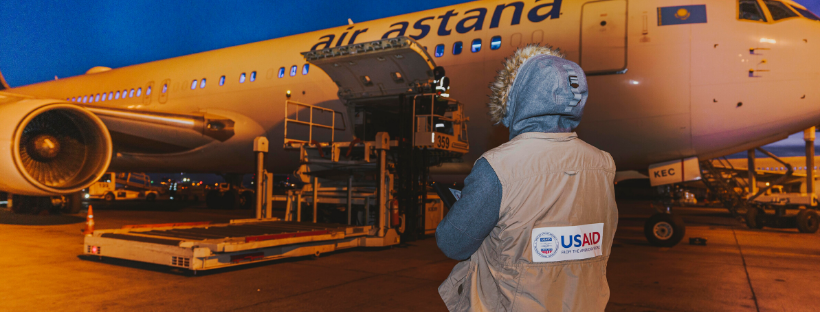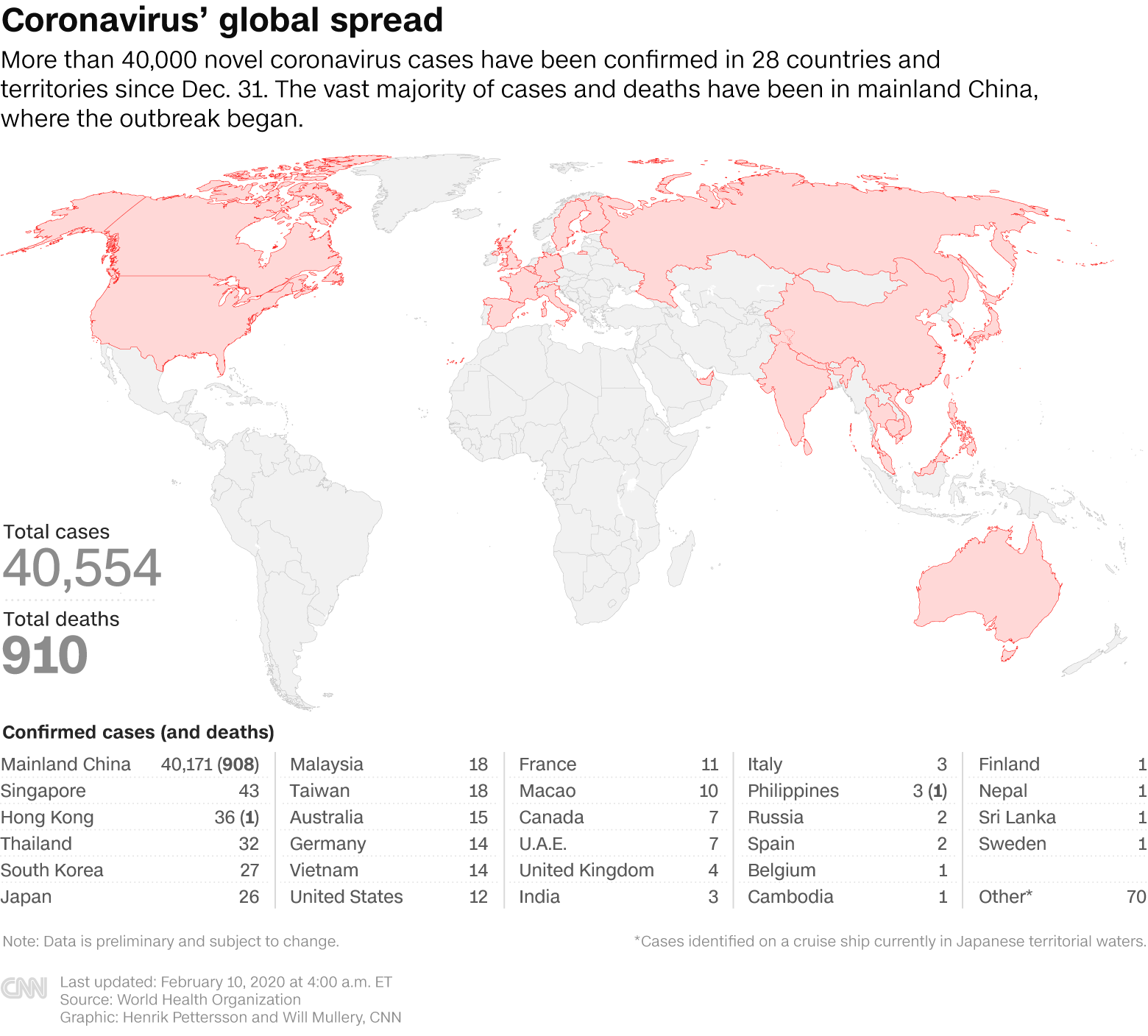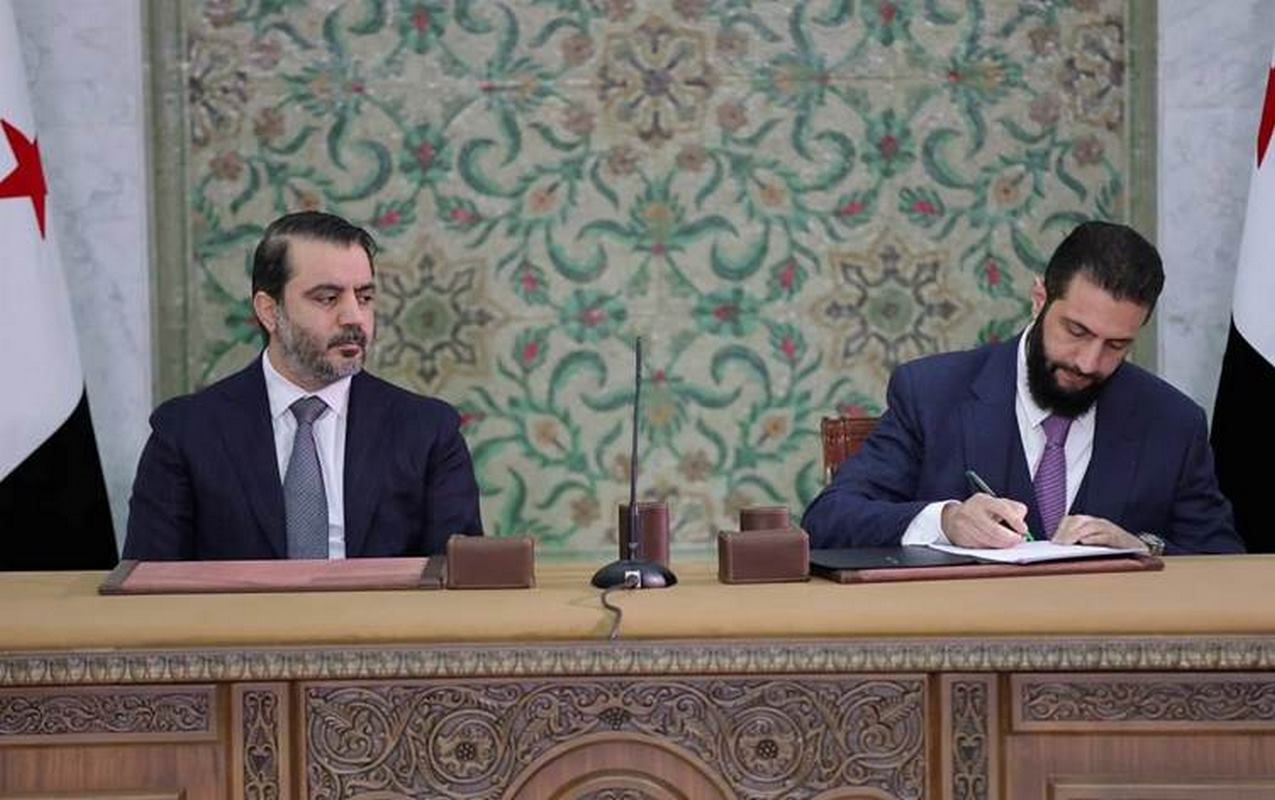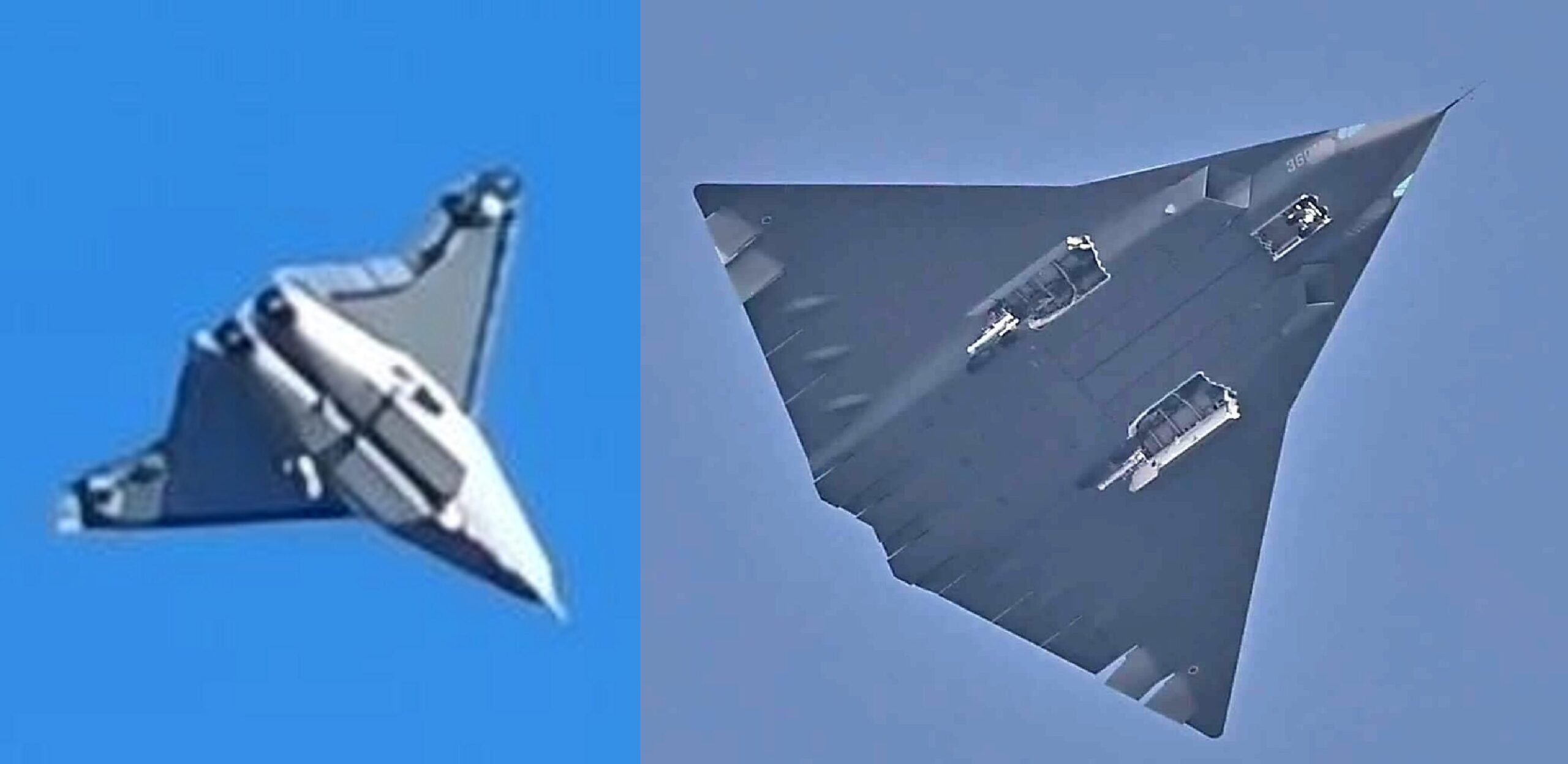NUR-SULTAN, Kazakhstan. March 14, 2020, PICTURED: USAID received its personal protective equipment (PPE) shipment in Nur-Sultan, Kazakhstan, as part of the U.S. Government’s assistance to the country to prepare for any potential spread of the novel coronavirus disease, COVID-19.
WASHINGTON, February 10th, 2020. On a day when the World Health Organization (WHO) reported that world COVID-19 cases had suprased 40,000, and deaths reached and exceeded 1,000 across 28 countries, President Trump completed his budget proposal for the 2021 fiscal year.
Budgets jive and shimmy plenty before they’re agreed upon in Congress, but in a bloated, admittedly decreased, yet increasingly Central Asia-focused USAID budget, 2.2 billion dollars of taxpayer money was given to try and eradicate tuberculosis in Central Asian Republics.
Tuberculosis, according to USAID, is the deadliest infectious disease in the world, and Central Asia as a region accounts for some of the world’s highest rates of drug-resistant tuberculosis.
“USAID partners with communities, hospitals, and ministries in all Central Asian countries to improve TB diagnosis and treatment and to adopt cutting-edge methods and technologies to stop the spread of tuberculosis,” reads the fact sheet on the USAID website.
February 10th, 2020. PICTURED: The status of COVID-19 during the President’s budget completion.
Missed opportunity
The outbreak of COVID-19 had already begun in the United States’ Pacific Northwest by the time this USAID budget had been granted. Of course it would have been difficult to predict that in about 50 days the nation would surpass China as the greatest world-carrier, but there were epidemiologists who did just that.
Drawing away the $2.2 billion Trump has dedicated to fighting an old and curable disease in a far flung region that owes us no allegiance might be seen as unnecessary when the same budget also includes $94.5 billion for health and human services.
However as the novel coronavirus has demonstrated, there isn’t much that can stop it, other than, as South Korea is demonstrating, plenty of money for test kits, ventilators, testing infrastructure, and contingency planning.
Disturbingly, after a plea for 30,000 ventilators for New York hospitals was reportedly rejected after President Trump allegedly told New York Governor Andrew Cuomo “I don’t think you need that many,” it would seem that either costs are a problem, or it’s a question of available ventilators.
According to Trump, Cuomo had an opportunity to buy 7,000 ventilators several years ago, but failed to go through with the purchase.
The Eliminating Tuberculosis in Central Asia Project
Meanwhile the money given to USAID was decreased by 22% from the 2020 budget, but perhaps ironically, commits far more billions to the infectious disease struggle out in the wider world.
The Eliminating Tuberculosis in Central Asia Project is “a project [that] supports the measurable and sustainable improvements in the quality and availability of TB services by building the capacity of Central Asian institutions in TB leadership, management, financing, and information systems,” reads a press release from the USAID website.
Other programs include pharmaceutical product quality, cost, and manufacturing standards, as well as others which focus on detection and prevention in “all Central Asian countries”.
Between the five Asian “Stans” there are about 73 million people stretched across very remote and rugged areas that collectively are about the size of Western Europe. This makes the claim that USAID works at every level “from the village doctor to the highest levels of government,” rather dubious considering the scale of the task which it has decided to undertake while America suffers from the worst epidemic in its modern history, which some epidemiologists predict will kill 80,000 people.
“The Budget sustains the U.S. international partnership with GHSA to defend the Nation from infectious disease outbreaks by building the capacity of countries to prevent, detect, and respond to these threats,” reads the 2021 budget proposal.
For this end, the U.S. taxpayers have generously contributed $1.2 billion for the funding replenishment of Gavi and the Vaccine Alliance, in addition to the 2.2 for tuberculosis, family planning, tropical diseases and other odds and ends. Another $658 million will go to another fund, this time to fight HIV, and that also works with tuberculosis.
Much of this recent investment has been spurred on by the 40×22 plan born from a 2018 United Nations General Assembly High-Level Meeting that concluded with the goal of enrolling 40 million people by 2022 on TB treatments.
As part of the “Great Power Competition” directive laid out in budget plans, congressional legislation, military statements of posture, and more that has characterized Trump’s harsh stance on China, he has attempted to move further and further into Central Asia, but as Edward Wong writing for the New York Times details, this strategy has failed almost entirely.




